General Landscape Uses: Accent shrub or small tree. Buffer plantings.
Ecological Restoration Notes: A very rare understory shrub in rockland hammocks in the Florida Keys. Rarely are more than 2 or 3 plants found growing together. Associated with primary or very old seconday hammocks.
Description: Large shrub or rarely a small tree with an erect trunk(s) and a narrow, rounded crown. Trunks straight, sometimes multiple from the base, to 20 inches in diameter, but usually much smaller. Bark thin, light gray, mostly smooth. Leaves dark green, 1-2 inches long.
Dimensions: About 8-12 feet in height. Usually taller than broad.
Growth Rate: Slow.
Range: Monroe County Keys and Miami-Dade County; West Indies, Mexico, Central America and northern South America. Very rare nearly throughout the Monroe County Keys. In Miami-Dade County, not known from the mainland; known only from the Florida Keys in and around Elliott Key in Biscayne National Park.
Habitats: Rockland hammocks.
Soils: Moist, well-drained limestone soils, with humusy top layer.
Nutritional Requirements: Moderate; can grow in nutrient poor soils, but needs some organic content to thrive.
Salt Water Tolerance: Low; does not tolerate long-term flooding by salt or brackish water.
Salt Wind Tolerance: Low; salt wind may burn the leaves.
Drought Tolerance: Moderate; generally requires moist soils, but tolerant of short periods of drought once established.
Light Requirements: Light shade.
Flower Color: White.
Flower Characteristics: Semi-showy.
Flowering Season: All year; peak in summer.
Fruit: Orange-black berry, turning black.
Wildlife and Ecology: Provides food and cover for wildlife. Birds eat the fruits.
Horticultural Notes: Can be grown from de-pulped seed. Place in light shade. Germination usually occurs within 1 month.
Comments: It is listed as endangered by the state of Florida and as critically imperiled in South Florida by The Institute for Regional Conservation.

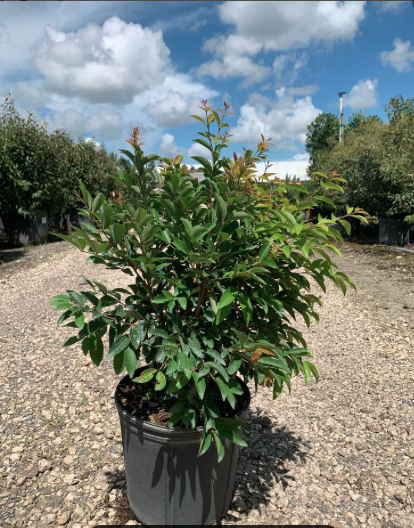

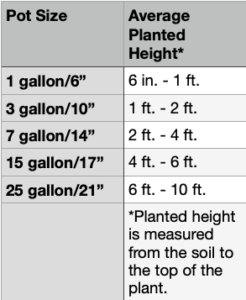
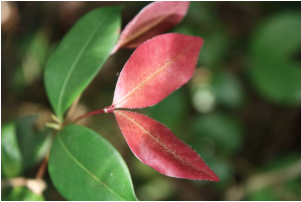
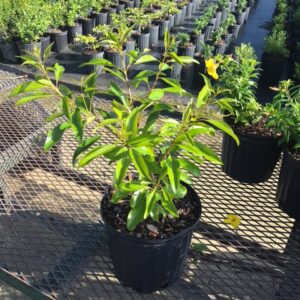
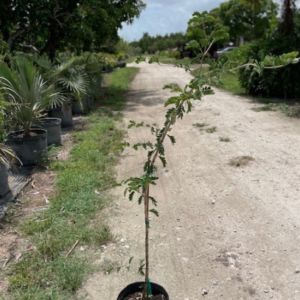
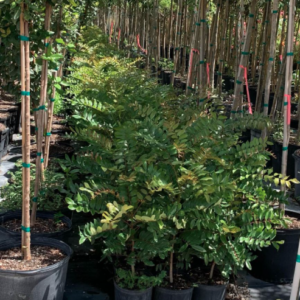
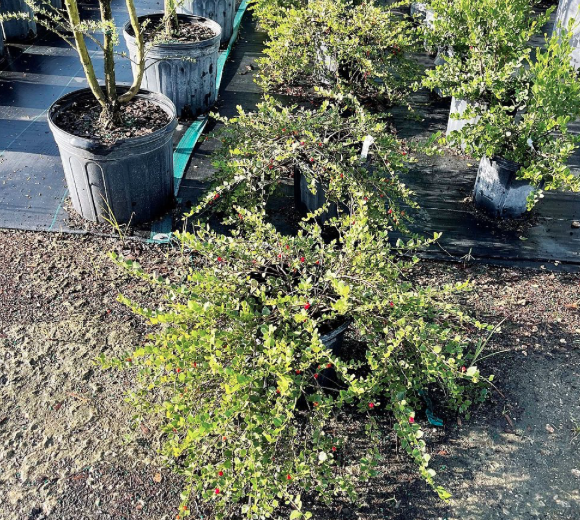
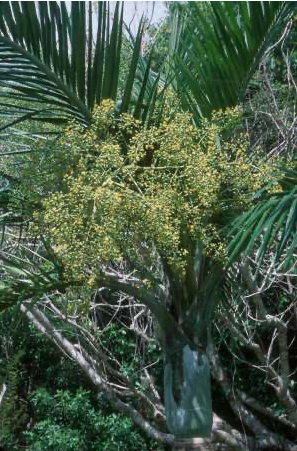
Charles Zahn –
Thank you for the prompt delivery and notifications.